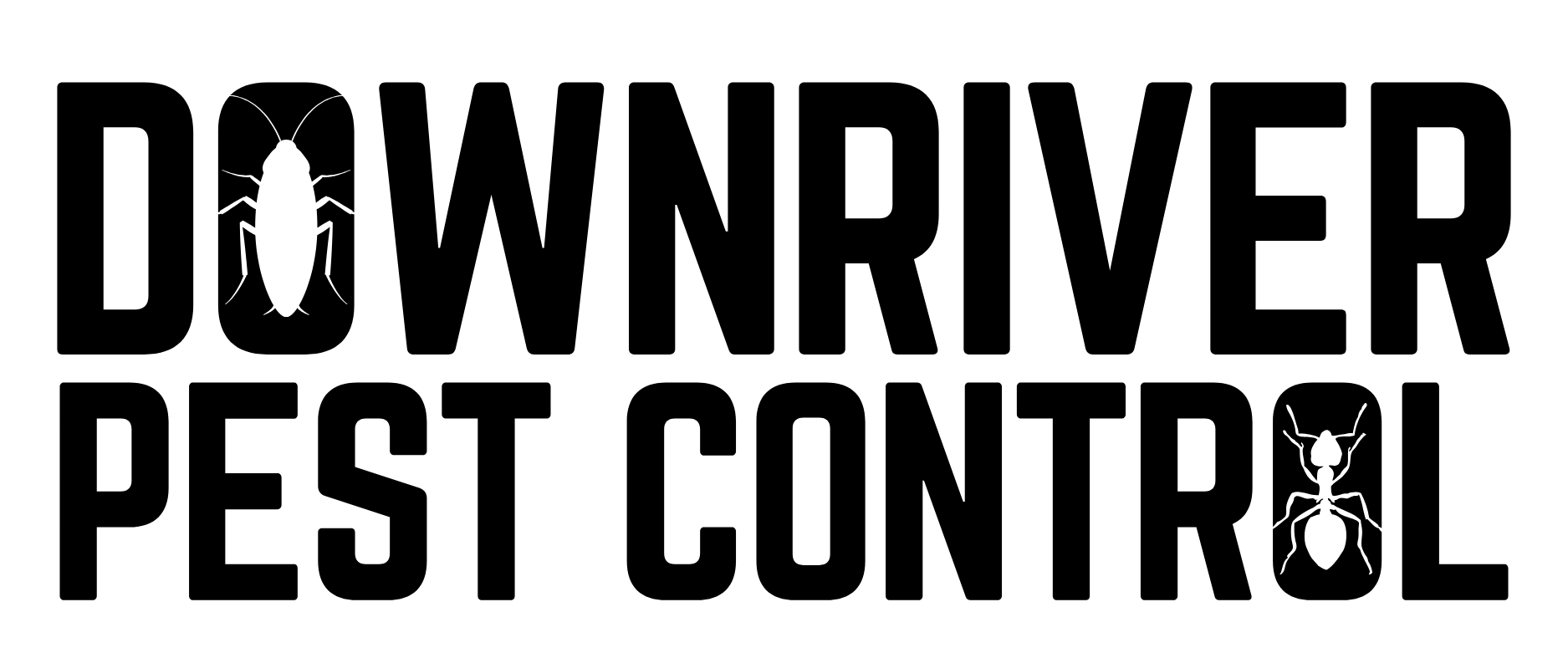
Stink Bugs
Facts About Stink Bugs
- Stink Bug Family: Stink bugs belong to the family Pentatomidae, which includes thousands of species worldwide.
- Physical Appearance: They are typically shield-shaped with a broad, flattened body. Most stink bugs are brown or green in color.
- Stink Glands: Stink bugs are named for the foul-smelling chemicals they can release when threatened. These chemicals serve as a defense mechanism against predators.
- Pheromone Release: Stink bugs also release pheromones to communicate with other stink bugs. This chemical communication helps them locate mates.
- Agricultural Pests: Many stink bug species are considered agricultural pests. They feed on crops such as fruits, vegetables, and grains, causing economic damage to farmers.
- Feeding Habits: Stink bugs use their needle-like mouthparts to pierce plant tissue and suck out the juices. Their feeding can lead to damage known as "stippling" on plant leaves and fruits.
- Overwintering: Stink bugs are known for overwintering, which means they seek shelter in protected places during the winter months to survive the cold. They often enter homes and buildings for this purpose.
- Global Distribution: Stink bugs are found in many parts of the world, with different species adapted to various climates and ecosystems.
- Lifecycle: They undergo incomplete metamorphosis, meaning they have three life stages: egg, nymph, and adult. Nymphs resemble smaller, wingless versions of adults.
- Variety of Species: There are over 200 species of stink bugs in North America alone, and thousands of species worldwide.
- Invasive Species: The brown marmorated stink bug (Halyomorpha halys) is an invasive species that has become a major agricultural pest in many parts of North America. It is native to East Asia.
- Predators: While stink bugs have a strong defense mechanism, they do have some natural predators, including birds, spiders, and parasitoid wasps.
- Beneficial Species: Not all stink bugs are harmful. Some species are actually beneficial because they feed on other insect pests.
- Control Methods: Farmers and homeowners often employ various methods to control stink bug populations, including insecticides, physical barriers, and trapping.
- Not Harmful to Humans: Stink bugs are not harmful to humans, although their odor can be quite unpleasant if they are handled or crushed.
- Voracious Feeders: Stink bugs can consume a wide range of plants, making them adaptable and potentially damaging to a variety of crops.
- Mating Behavior: Stink bugs engage in complex mating behaviors, including courtship displays and the transfer of sperm packets from males to females.
- Life Span: The lifespan of a stink bug varies depending on factors like species and environmental conditions, but it generally ranges from several weeks to several months.
- Nocturnal Activity: Some stink bug species are nocturnal, becoming active at night to feed and mate.
- Insect Taxonomy: Stink bugs belong to the order Hemiptera, which includes other insects with piercing-sucking mouthparts, such as aphids and cicadas.
These facts provide a glimpse into the fascinating world of stink bugs and their ecological significance, both as pests and as members of the natural ecosystem.
How To Prevent Stink Bugs
Preventing stink bugs from invading your home and garden can help you avoid the unpleasant odor they emit and the damage they can cause to plants. Here's a list of steps you can take to prevent stink bugs:
- Seal Entry Points:
- Inspect your home for cracks, gaps, and openings in doors, windows, and walls.
- Seal any potential entry points with caulk, weatherstripping, or screens to prevent stink bugs from getting inside.
- Repair Screens:
- Ensure that window and door screens are in good condition and do not have holes or tears.
- Install Door Sweeps:
- Attach door sweeps to the bottom of exterior doors to block stink bug access.
- Keep Doors and Windows Closed:
- When possible, keep doors and windows closed, especially during the fall when stink bugs are most active.
- Use Mesh Vent Covers:
- Place fine mesh screens or covers over attic vents and crawl space openings.
- Outdoor Lighting:
- Use yellow or sodium vapor lights for outdoor lighting, as they are less attractive to stink bugs than white lights.
- Remove Attractants:
- Stink bugs are attracted to ripe fruit and vegetables. Harvest and store produce promptly.
- Keep Garden Clean:
- Clear away fallen leaves and debris from your garden to reduce stink bug hiding places.
- Manage Vegetation:
- Trim bushes and shrubs near your home to reduce stink bug harborage areas.
- Use Insect Screens:
- Cover garden plants with fine mesh or row covers to keep stink bugs away.
- Regular Cleaning:
- Vacuum stink bugs if they enter your home, but be prepared for the odor they release.
- Dispose Properly:
- If you do capture stink bugs, place them in a sealed container and discard it outside to prevent the odor from spreading indoors.
- Apply Pesticides Sparingly:
- If stink bug infestations become severe, consider using pesticides, but do so cautiously, following label instructions, and consider non-toxic alternatives first.
- Professional Help:
- If you're dealing with a persistent stink bug problem, consider consulting a pest control professional for guidance and assistance.
- Educate Yourself:
- Stay informed about stink bug habits and seasonal patterns to better anticipate and prevent infestations.
Remember that prevention is often more effective than dealing with an established infestation. By implementing these steps, you can significantly reduce the likelihood of stink bugs invading your home and garden.

